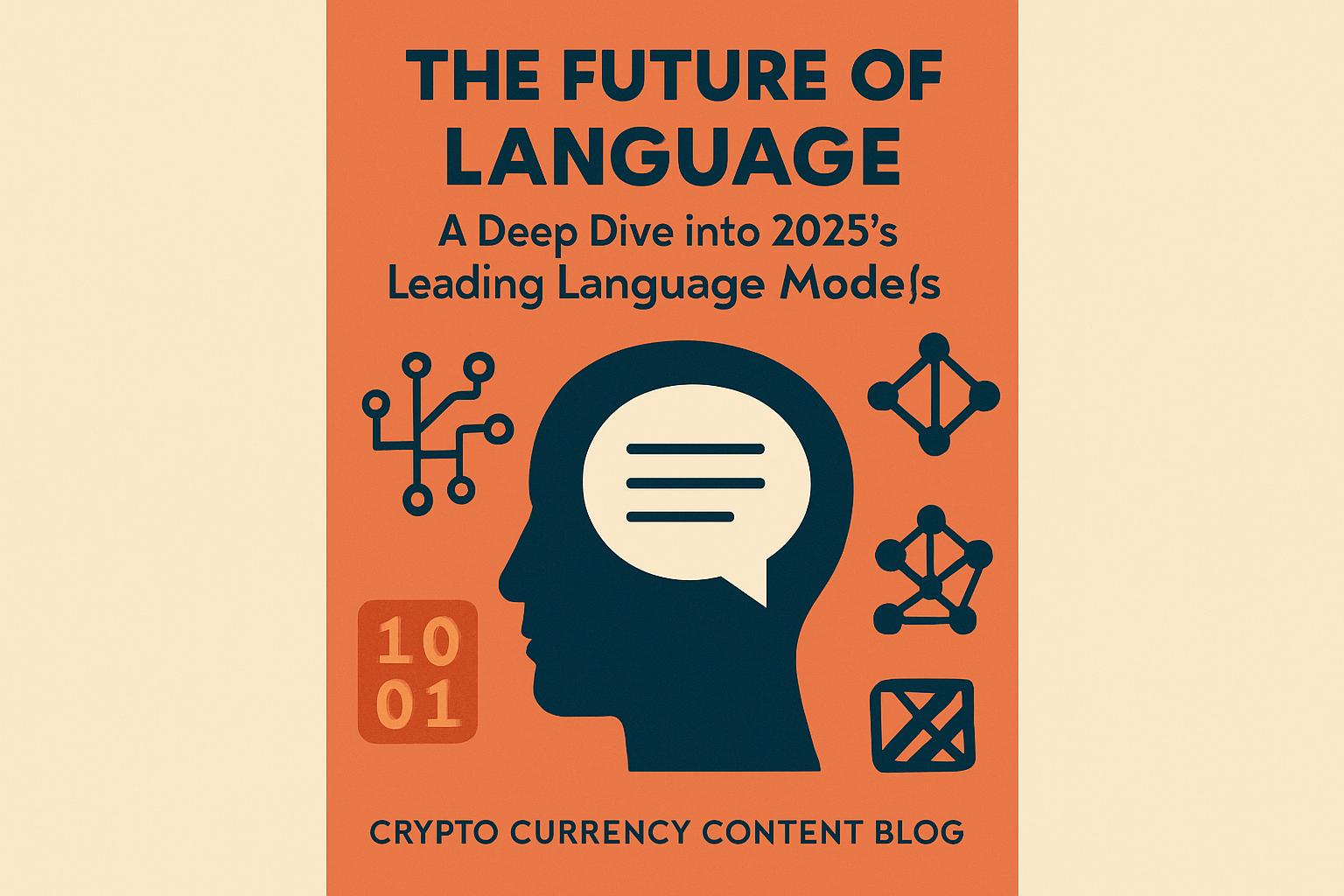In the rapidly evolving digital landscape, large language models (LLMs) have emerged as powerful tools capable of transforming how we interact with technology. As we edge closer to 2025, understanding the nuances of these LLMs is becoming increasingly critical for both individual users and businesses.
Understanding Large Language Models
LLMs are advanced AI systems rooted in deep learning and based on transformer neural networks. They are trained on vast datasets spanning the internet, designed to comprehend, generate, and translate human-like text. Their applications range from enhancing workplace efficiency to elevating personal productivity.
The Key Players of 2025
The current frontier is shaped by five prominent LLMs: GPT-5 by OpenAI, Claude 4 Sonnet by Anthropic, Gemini 2.5 Pro from Google DeepMind, Grok 4 by xAI, and DeepSeek R1 from China’s DeepSeek. Each of these models brings unique features, investment backgrounds, and targeting capabilities to the table.
OpenAI’s GPT-5
Initially launched in 2018, GPT (Generative Pre-trained Transformer) has become synonymous with cutting-edge AI. Backed by powerhouse investors such as Microsoft and SoftBank, GPT’s evolution has culminated in GPT-5, a model renowned for its expansive usability and intuitive interface. Known for its text generation and versatile app integration, GPT-5 represents a monumental leap in AI sophistication.
Anthropic’s Claude 4 Sonnet
Anthropic seeks to redefine safety in AI with Claude 4 Sonnet. Founded by former OpenAI members, Anthropic emphasizes control and reliability, securing backing from tech giants like Amazon and Alphabet. With an estimated valuation soaring into billions, Anthropic’s AI thrives in environments demanding high safety and complex task automation.
Google’s Gemini 2.5 Pro
DeepMind’s Gemini builds on Google’s AI legacy by focusing on high-complexity problem-solving. Gemini leverages Google’s ecosystem, integrating seamlessly with Workspace tools for comprehensive mathematical and coding solutions. Google has not listed a standalone valuation, folding Gemini into broader AI-focused objectives.
xAI’s Grok 4
Grok 4, a creation of Elon Musk’s xAI, is designed for social integration and trend analysis. Despite its potentially provocative user interactions, Grok 4 provides extensive real-time insight into societal trends and emergent news, with recent updates introducing predictive capabilities for sports and finance sectors.
DeepSeek’s R1
Emerging from China, DeepSeek R1 offers an open-source alternative emphasized on mathematical reasoning and coding expertise. While it caters primarily to Mandarin-speaking markets, its dual-language capabilities hold global potential. Funded by High-Flyer, its cost-effective development speaks to its strategic aspirations on the AI stage.
Evaluating Access and Constraints
Amongst these models, GPT-5 and Claude 4 Sonnet rank highly for user accessibility, offering free versions with robust feature sets. Although some models like Gemini 2.5 Pro offer extensive functionalities to users meeting specific criteria, others like Grok 4 may restrict free usage significantly.
Safeguarding the Future
As AI’s role expands, security remains paramount. Anthropic’s Claude 4 elevates safety with rigorous protocols and international collaborations, positioning itself as a benchmark for secure AI practice. GPT-5 follows suit with innovative protective mechanisms, while others like DeepSeek R1 remain scrutinized for heavy-handed censorship.
In conclusion, the LLMs of 2025 offer a glimpse into a future where AI is not just a tool but a pivotal partner in progress and safety. Each model reflects a unique philosophy, advancing our interactions with technology through diverse functionalities.

![[News] Bitcoin at a Turning Point? 10x Research Signals a Bullish Macro Shift Ahead](https://cryptoexplores.com/wp-content/uploads/2025/06/new20250616.jpg)
![[News] Binance Lists $HOME, the Gas-Free, Bridge-Free All-in-One DeFi App](https://cryptoexplores.com/wp-content/uploads/2025/06/news20250617.jpg)